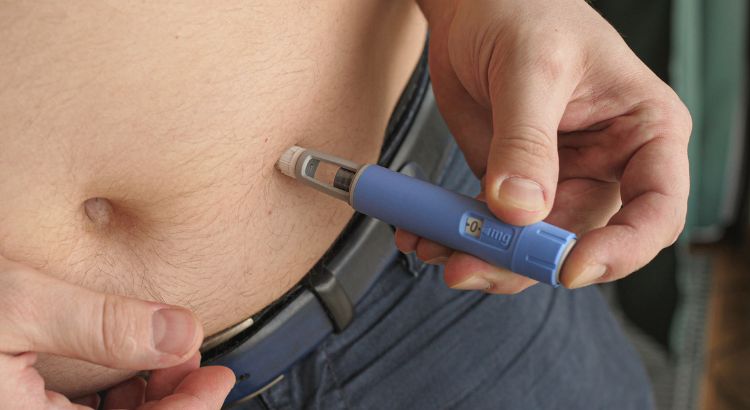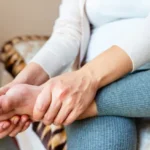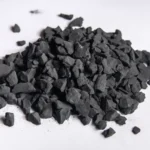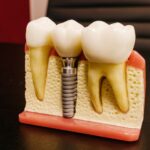This article will explore the complete details of Ozempic butt, which has become a popular weight loss drug over the past years.
The ‘Ozempic Butt’ Phenomenon
One unusual side effect that has been increasingly reported among Ozempic and Wegovy users is disproportionate fat loss in the buttocks area. The phenomenon is nicknamed “Ozympic Butt” or “Vagovy Butt,” thought to be due to how these drugs target visceral fat stored deep in the abdomen. For some users, visceral belly fat may reduce substantially before subcutaneous fat in other stubborn areas like the butt and thighs catch up.
Potential factors like genetics, hormonal differences, age, gender, existing fat distribution, and the rate of weight loss on these medications may also play a role in who develops this fat loss imbalance.
Ozempic Butt Symptoms
When Ozempic injections consistently occur around the butt or hips, some people develop extremely swollen, red, painful bumps nicknamed “Ozempic butt.” This tends to happen more frequently in women due to body fat distribution differences.
Early symptoms may include:
- Redness, bruising, and itching around the injection site
- Warm, tender swelling and hard lumps under the skin
- Indentations, dimpling, or puckering of skin
Over time, additional symptoms can emerge:
- Increased swelling, fluid retention
- Firm, painful masses or nodules
- Skin changes like rashes, nodules, scarring
- Limited range of motion, difficulty sitting
The discomfort is typically localized around the injection site area. However, some people experience reactions elsewhere like their thighs or abdomen.
Are the Reactions Dangerous?
In most cases, Ozempic injection site reactions are more annoying than dangerous. The lumps are noncancerous fat tissue inflammation, not life-threatening allergic reactions.
However, they can gradually worsen with continued injections if the medication accumulates faster than the body can clear it. It’s important to carefully track symptoms and ask your doctor about switching sites each week to prevent lasting damage.
Stop using Ozempic and seek emergency care if you experience severe swelling, ulcerations, extreme pain, or redness extending away from the injection site. These can indicate a dangerous skin infection or necrosis.
Additional Side Effects
Beyond the Ozempic butt phenomenon, some other potential side effects of liraglutide to be aware of include:
– Nausea, vomiting, diarrhea – Most common side effects, especially when starting
– Constipation
– Stomach pain, indigestion
– Headache
– Fatigue
– Dizziness
– Low blood sugar (glucose) in diabetics
– Pancreatitis in rare cases
The medication also carries risks if used during pregnancy, so appropriate precautions are essential.
Minimizing the ‘Ozempic Butt’ Appearance
If sagging, deflated buttocks occur as an unwanted effect of weight loss on Ozempic, there are a few ways to minimize it:
• Slow down weight loss pace if possible – More gradual fat reduction allows skin to better adjust and regain elasticity.
• Build glutes – Strength training exercises like squats, lunges, hip thrusts, and deadlifts can help lift and tone the butt area.
• Give it time – Sometimes it takes up to a year or more for skin to fully bounce back after substantial weight loss. The body is still undergoing significant metabolic changes too.
• Consider skin removal if sagging is severe – In some cases, if redundant skin is causing discomfort and issues with clothing fit and body image, surgery can remove the excess.
The takeaway is that the now well-known ‘Ozempic butt’ phenomenon is likely temporary for most people as the body and skin gradually rebalance. A well-rounded fitness and healthy lifestyle regimen can certainly help smooth the contouring effects too. While awkward and concerning when it happens, maintaining perspective and patience often brings the best outcome.
Conclusion
The Ozempic butt is likely temporary for most people and can be improved by slowing weight loss, building glutes with focused exercise, allowing time for skin to adjust, and considering plastic surgery if sagging is severe. Being aware of this potential side effect can help set expectations and game plan ahead if using Ozempic/Wegoby for weight management. This had led to a condition dubbed the “Ozempic butt” which is thought to be related to the medication’s strong effects on visceral belly fat.
FAQs
Here are some frequently asked questions about the “Ozempic butt” phenomenon:
Is the Ozempic butt permanent?
No, for most people any sagging or deflated appearance of the buttocks from weight loss on Ozempic is temporary. Over about 6 months to a year, the body typically rebalances where it mobilizes fat reserves. Buttock shape typically improves naturally.
What can you do to get rid of the Ozempic butt?
Tips to minimize the Ozempic butt include slowing weight loss pace, strength training the glutes, using topical firming products, considering procedures like laser skin tightening or dermal fillers, and plastic surgery as a last resort. Time often resolves it too.
Can men get the Ozempic butt effect too?
Yes, while it’s more common in women, men can also experience disproportionate fat loss in the buttocks versus other body areas when losing weight on these medications. The same remedies apply.
Should sagging skin stop you from trying Ozempic?
Not necessarily. For many people, skin rebalances fine over time after weight loss. It’s reasonable to try Ozempic under a doctor’s supervision as the health benefits often outweigh aesthetic concerns related to loose skin for those who need the medication.







